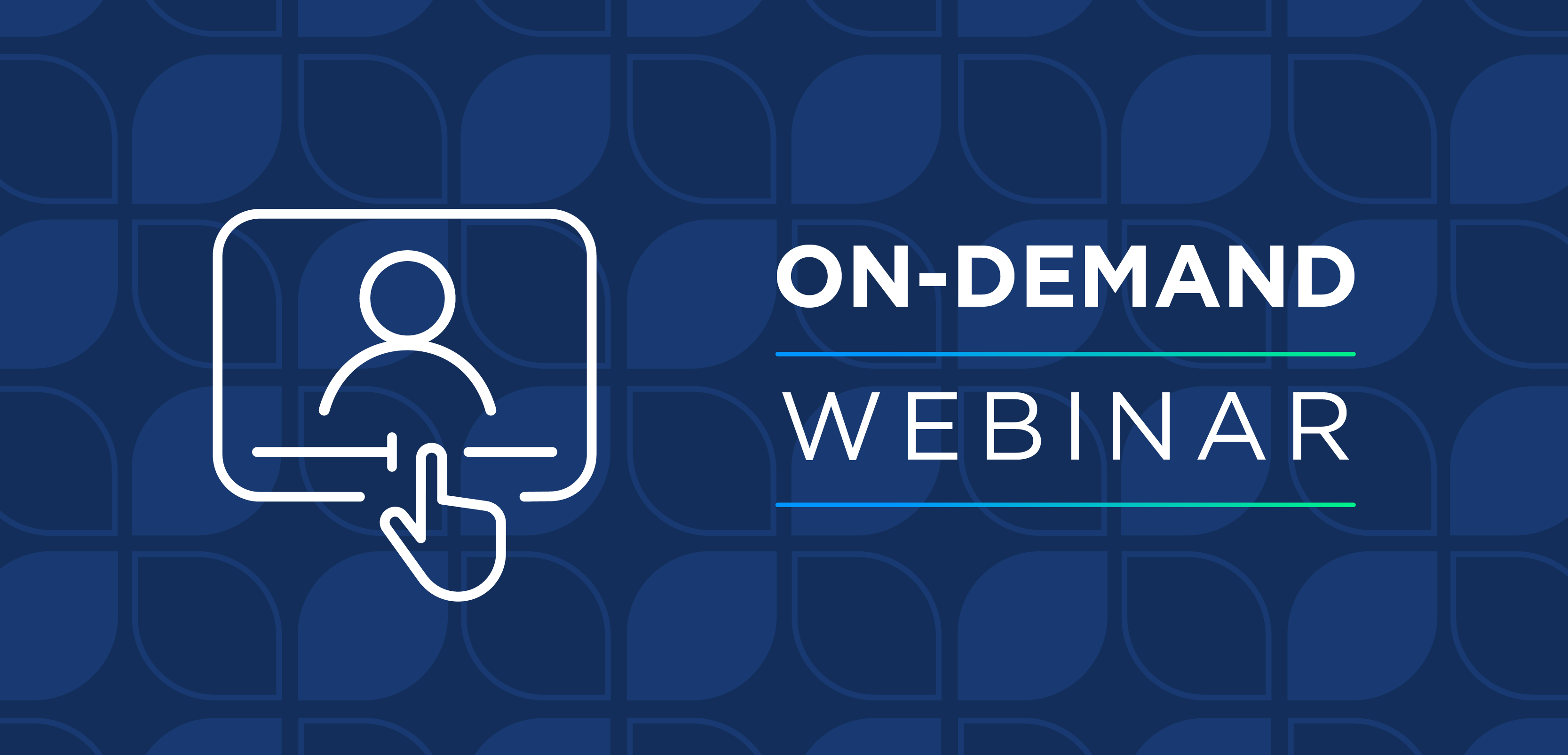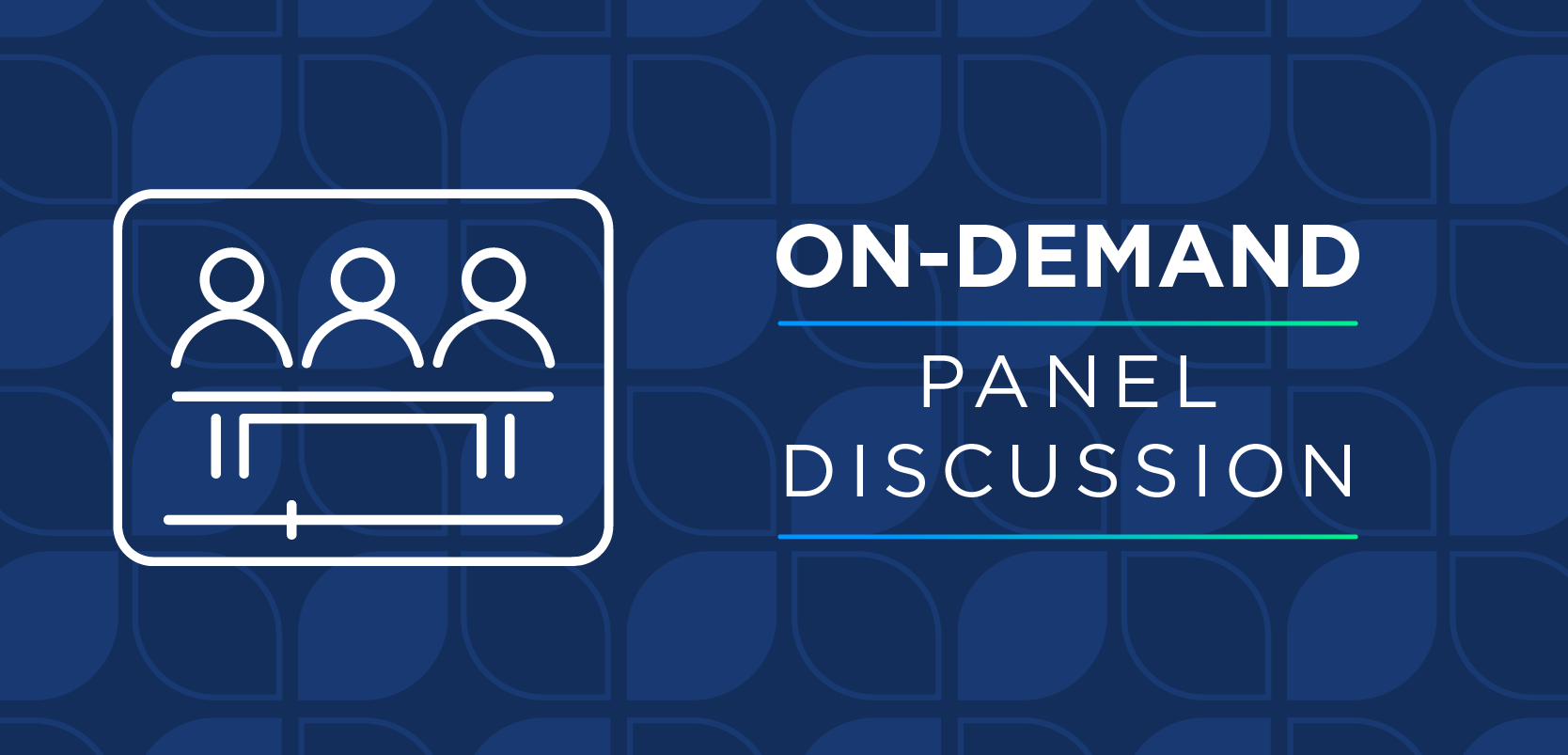
- Volume 0 0
"Reverse Copay" Arrangements Gain Ground Among Rx Payers
The steadily rising cost of prescriptiondrug benefits is prompting a growingnumber of employers to shift to"reverse copay" arrangements. Thisswitch could leave millions of Americanspaying a bigger share of their Rxcharge out of their pockets.
Unlike traditional prescription insuranceplans, which require thepatient to pay a relatively small copayment,reverse copay arrangementswork just the opposite way. After theemployer picks up the cost of thecopay, the patient is responsible for theremainder of the prescription charge.
One recent survey found that 6% ofthe employers polled had already shiftedto reverse copay arrangements.Researchers at Hewitt Associates reportthat another 35% are now consideringthis approach.
Advocates of this strategy contendthat reverse copay arrangements donot merely shift the employer's cost tothe employee, but also they help tohold down overall drug spending bymaking patients more likely to seek outlower-priced generic alternatives.
Some drug chains welcome theshift, reasoning that profit marginstend to be higher on generics than onbranded prescription drugs.
Articles in this issue
about 21 years ago
Rural Pharmacy Chain Chooses ScriptPro Automationabout 21 years ago
System Improves Productivity, Drug Verificationabout 21 years ago
COMPOUNDING HOTLINEabout 21 years ago
Cardinal Introduces PatientPAK 340Babout 21 years ago
Obesity Is an Addiction, Researchers Sayabout 21 years ago
Scientists Seek to Understand How Fat Causes Cancerabout 21 years ago
Government Plans Attack on Obesityabout 21 years ago
Gene Discovery May Unlock Key to Obesity Syndromeabout 21 years ago
Consuming Fruit, Not Fat, Staves Off Weight GainNewsletter
Stay informed on drug updates, treatment guidelines, and pharmacy practice trends—subscribe to Pharmacy Times for weekly clinical insights.







































































































































































































